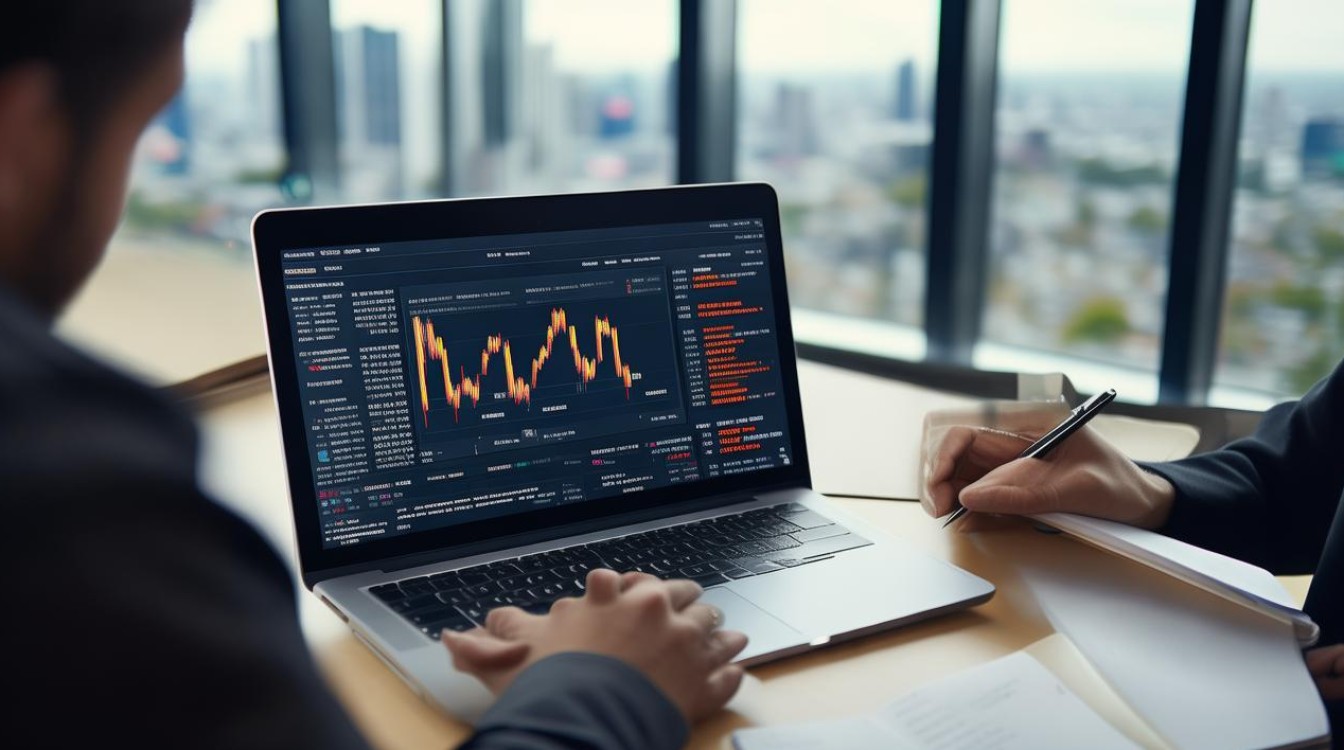Mastering English Conversations About Forex: A Practical Guide
Engaging in English conversations about forex (foreign exchange) requires a blend of language skills and market knowledge. Whether you're a trader, investor, or simply interested in global finance, effective communication is key. This guide provides actionable tips, real-world dialogue examples, and the latest market data to help you navigate forex discussions confidently.

Essential Forex Vocabulary
Before diving into conversations, familiarize yourself with core terms:
- Currency Pair (e.g., EUR/USD) – The quotation of two currencies, where the first is the base, and the second is the quote currency.
- Pip (Percentage in Point) – The smallest price move in forex, typically 0.0001 for most pairs.
- Leverage – Borrowed capital to increase potential returns (and risks).
- Spread – The difference between bid and ask prices.
- Bullish/Bearish – Expecting prices to rise or fall, respectively.
Sample English Dialogue: Forex Market Analysis
Alex: "Have you checked the EUR/USD pair today? The ECB’s recent policy shift seems to be impacting the euro."
Jamie: "Yes, the pair dropped to 1.0720 after the announcement. I’m watching the 1.0700 support level—if it breaks, we might see a further decline."
Alex: "Agreed. The Fed’s stance on interest rates could add volatility. Are you considering a short position?"
Jamie: "Not yet. I’ll wait for the US NFP data this Friday before deciding."
Current Forex Market Trends (2024)
To speak confidently, reference real-time data. Below is a snapshot of major currency pairs as of June 2024:
| Currency Pair | Current Rate | Daily Change | Key Influencer |
|---|---|---|---|
| EUR/USD | 0723 | -0.18% | ECB Policy Outlook |
| GBP/USD | 2541 | +0.12% | UK Inflation Data |
| USD/JPY | 85 | +0.45% | BOJ Intervention |
| AUD/USD | 6589 | -0.30% | Commodity Prices |
Source: Bloomberg Markets, updated June 2024
5 Tips for Fluent Forex Conversations
Stay Updated with Economic Calendars
Events like central bank meetings or employment reports drive forex markets. Use tools like:
Example:
"The Fed’s rate decision next week could shake up USD pairs. Are you hedging your positions?"
Use Technical and Fundamental Analysis
Combine chart patterns (e.g., head and shoulders) with news-driven trends.
Dialogue Example:
"The USD/JPY is testing a key resistance at 158.00. If the BOJ doesn’t intervene, we might see a breakout."
Practice Active Listening
Clarify terms like "liquidity" or "carry trade" if unsure. Rephrasing shows engagement:
"So, you’re saying the RBA’s hawkish tone boosted the AUD?"
Adapt to Formal and Informal Settings
- Formal (Professional Setting):
"Given the current inflation trends, how do you assess the GBP’s medium-term outlook?" - Informal (Trader Chat):
"The pound’s getting hammered—think it’ll bounce back?"
Leverage Real-Time Data in Discussions
Cite sources like:
- TradingView for live charts.
- Reuters Forex News for breaking updates.
Common Pitfalls to Avoid
- Overusing Jargon: Not everyone knows "Fibonacci retracement." Explain when needed.
- Ignoring Time Zones: Forex operates 24/5; specify sessions (e.g., "Asian session liquidity").
- Misquoting Rates: Always double-check figures. Saying "EUR/USD at 1.0800" instead of 1.0723 misleads.
Final Thoughts
Mastering forex conversations in English hinges on vocabulary, market awareness, and clarity. By integrating live data and practicing structured dialogues, you’ll communicate like a seasoned trader. For ongoing learning, follow authoritative sources like the Bank for International Settlements or FXStreet.
Confidence grows with experience—start small, stay curious, and soon, discussing forex in English will feel effortless.











